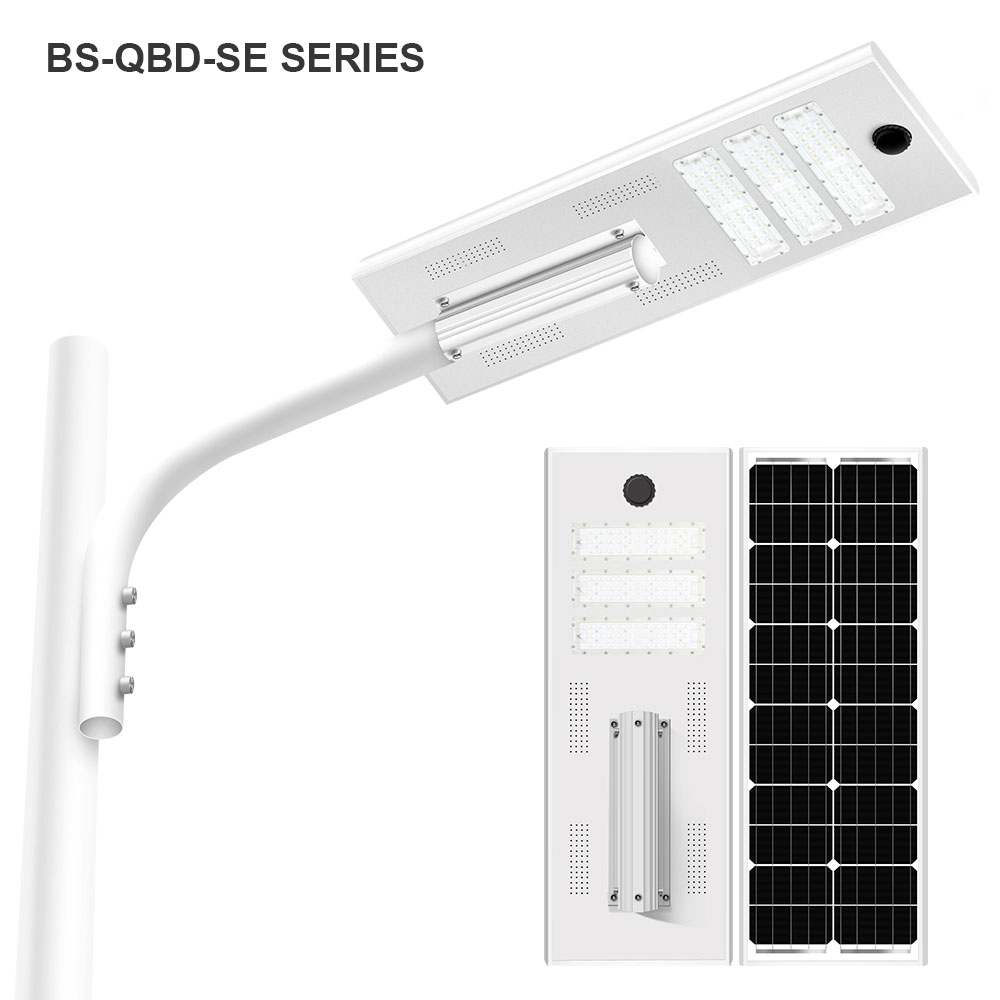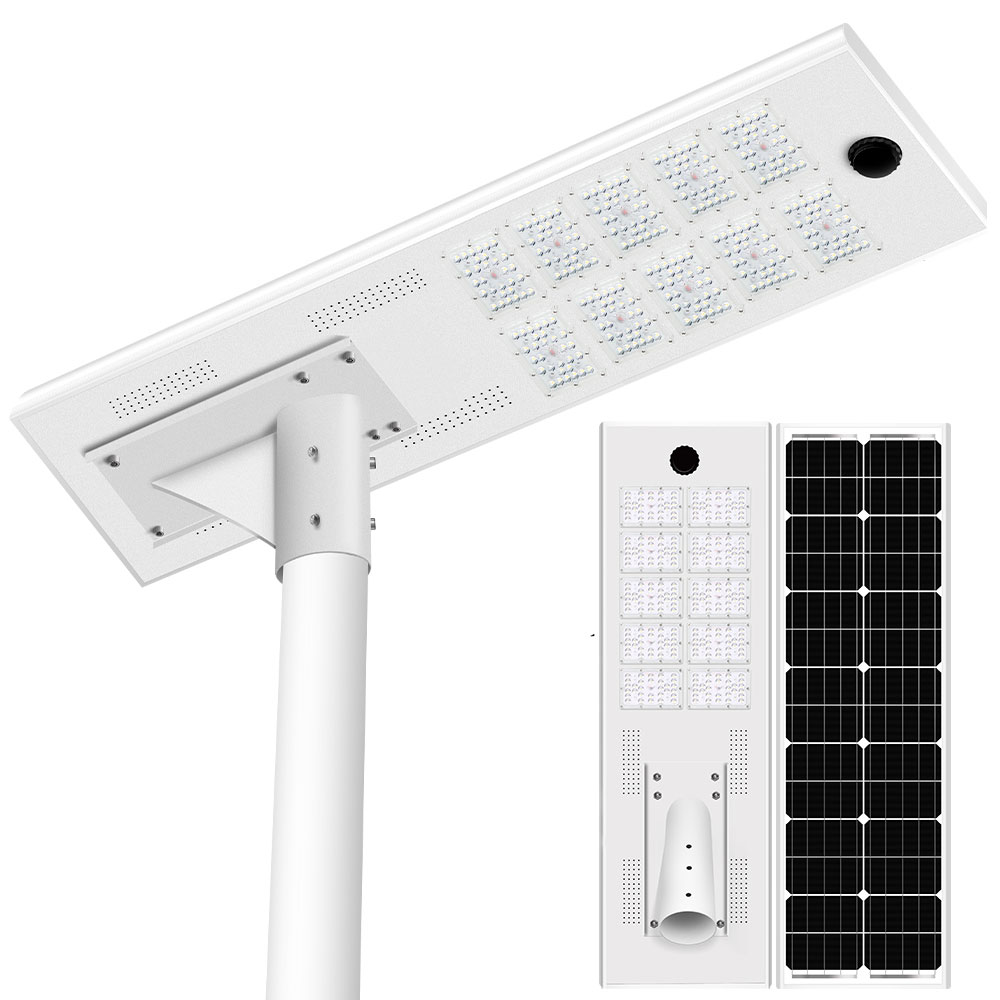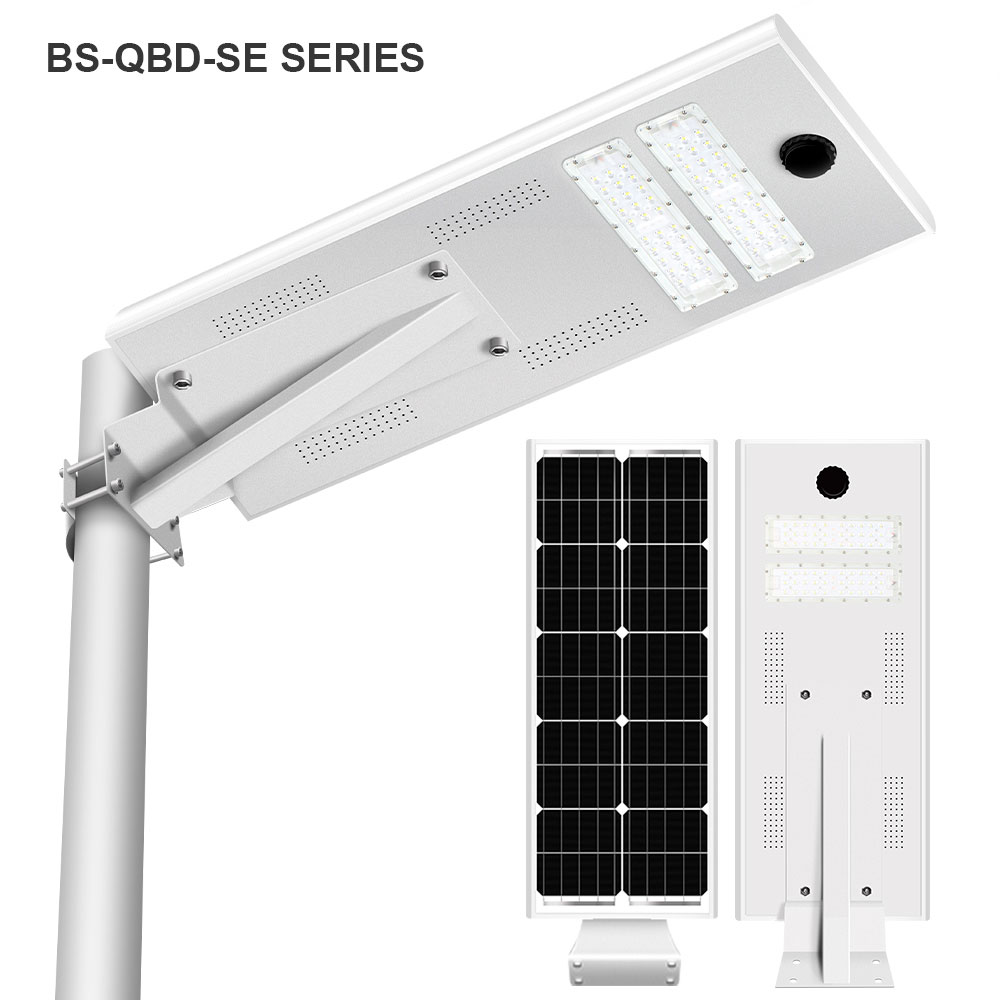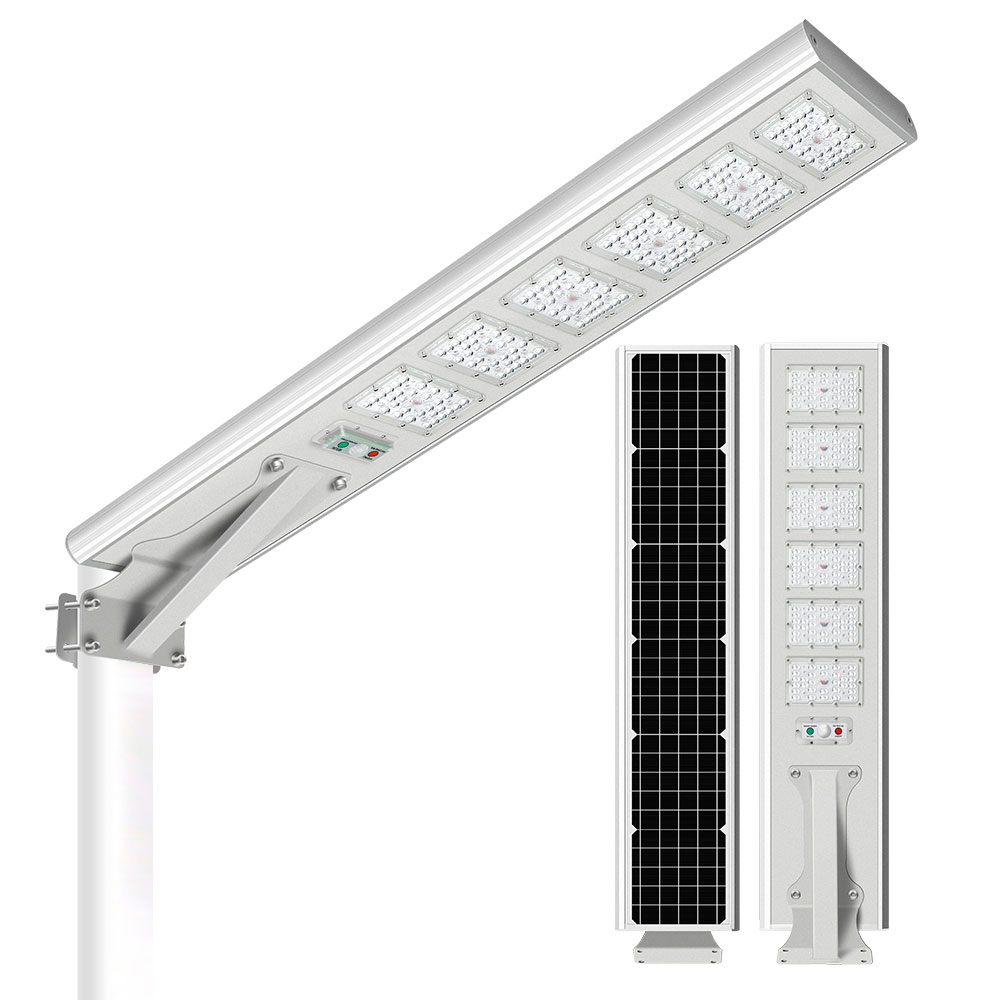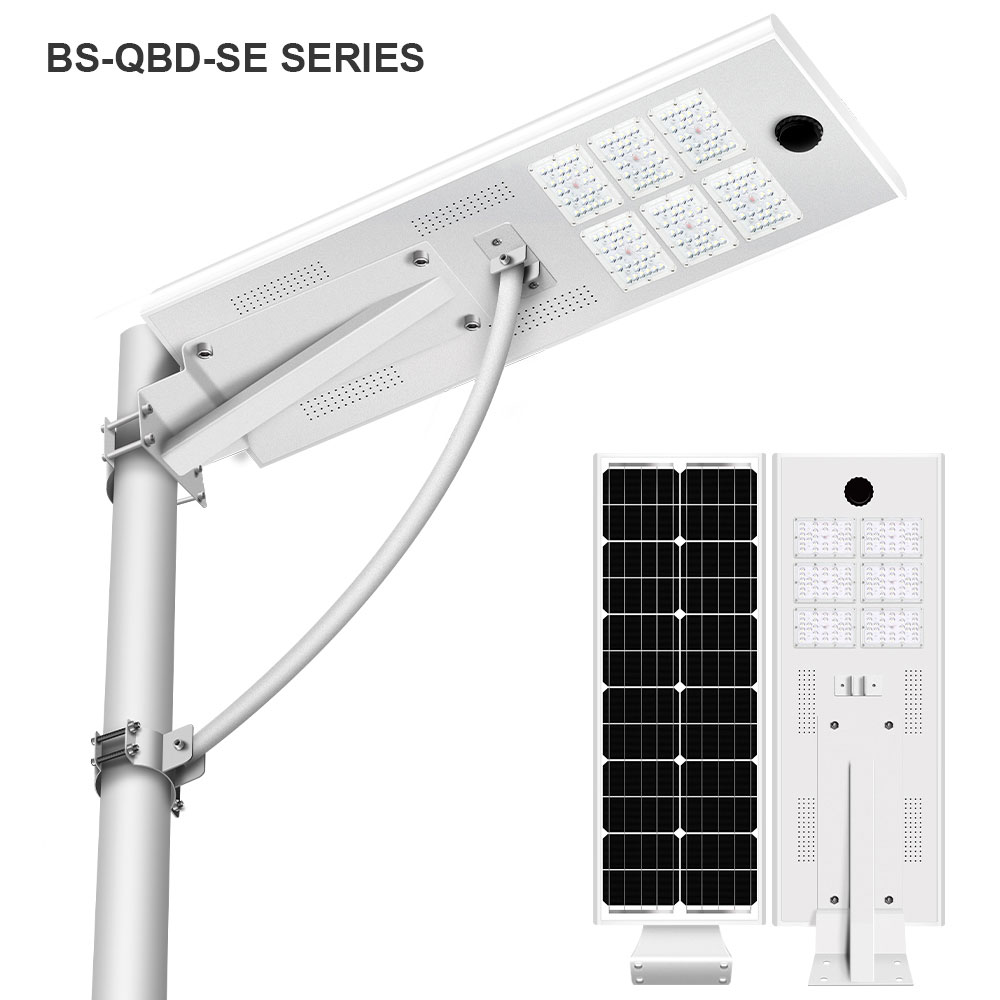Solar Street Light With Motion Sensor
-
ll solar LED street lights can be equipped with a PIR motion sensor or an IR motion sensor
-
PIR (Passive Infrared) Sensor:
- Detects motion based on heat signatures from living beings (humans, animals).
- Widely used in solar street lighting due to high accuracy and low energy consumption.
- Commonly used for paths, residential streets, and pedestrian zones.
-
IR (Infrared) Sensor:
- May refer broadly to active infrared sensors that emit and detect IR beams to sense motion.
- Often used in specialized or high-precision applications (e.g., traffic control, gated areas).
-
Working Principle of Passive Infrared PIR Motion Sensor
- Solar Energy Collection
- During the day, the solar panel absorbs sunlight and converts it into electricity, which is stored in a rechargeable lithium battery.
- Automatic Lighting at Night
- When ambient light falls below a certain threshold (e.g., dusk), the light automatically switches to standby mode, ready to activate upon motion detection.
- Infrared Motion Sensor Activation
- The infrared motion sensor (typically PIR—Passive Infrared Sensor) detects heat signatures from moving objects (people, vehicles, animals). Once movement is detected within its range and angle, the light instantly brightens to full intensity.
- After a preset time (e.g., 15–30 seconds) of no motion, the light dims to a lower brightness or turns off, conserving energy.
| Feature | PIR Motion Sensor | IR (Active) Motion Sensor |
|---|---|---|
| Detection Method | Body heat (infrared) | Interruption of IR beam |
| Power Consumption | Low | Moderate to high |
| Cost | Lower | Higher |
| Application | Outdoor lighting, security | Gates, counters, automation |
| Detection Specificity | Humans/warm bodies | Any physical object |
| Ideal For | Solar LED lights | Access systems, precision areas |
-
Benefits of Infrared Motion Sensor Integration:
- Energy Saving: Light only activates or brightens when motion is detected.
- Extended Battery Life: Reduced energy consumption extends runtime and battery lifespan.
- Improved Security: Sudden lighting can deter unwanted activity and enhance visibility.
- Adaptive Lighting: Ideal for areas with low traffic—ensures light when needed without constant illumination.

-
FAQs About Solar LED Motion Sensor Lights
-
What is a solar LED motion sensor light?
- A solar LED motion sensor light is a lighting system that uses solar power to charge a battery during the day and automatically turns on its LED lights when motion is detected at night.
-
How does the motion sensor work?
- Most solar LED motion lights use either a PIR (Passive Infrared) or IR (Infrared) motion sensor. These sensors detect changes in infrared radiation caused by moving objects (like humans or vehicles) and trigger the light to turn on.
-
Do these lights stay on all night?
- Not always. Many models operate in dim mode throughout the night and switch to full brightness when motion is detected, which saves energy and prolongs battery life.
-
How long does the light stay on after detecting motion?
- Typically, the light remains on for 15–30 seconds after the last detected movement, though this can vary depending on the model and settings.
-
Do I need wiring to install them?
- No wiring is required. They are completely wireless and powered by built-in solar panels and rechargeable batteries.
-
Where is the best place to install solar motion sensor lights?
- Install them in areas with direct sunlight exposure during the day and where motion detection is needed at night, such as driveways, garden paths, garages, fences, and entrances.
- Why isn't my solar motion sensor light turning on?
- Check for these common issues:
- Insufficient sunlight exposure
- Obstructed solar panel
- The battery needs charging or replacement
- Dirty motion sensor lens
- The switch is not turned on


